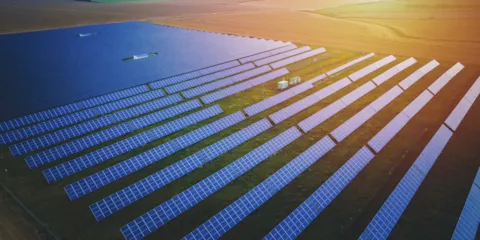The future of grid stability
Advancements in power oscillation damping
Request a copy
Today’s power networks are large and complex, which means that different parts of the grid are not always perfectly synchronized. This can cause the power to fluctuate. Traditional power grids have synchronous generators which can help mitigate oscillations due to their inertia. However, with the increasing penetration of inverter-dominated renewable power plants, the power grids inertia is decreasing. This can reduce the quality of the power and makes the network susceptible to power cuts. This paper outlines GreenPowerMonitor’s (GPM) solution for reducing this oscillation and making the power transfer more stable, while reducing additional costs and supporting grid operators to meet regulations that ensure our power networks are ready to underpin the clean-energy transition.
